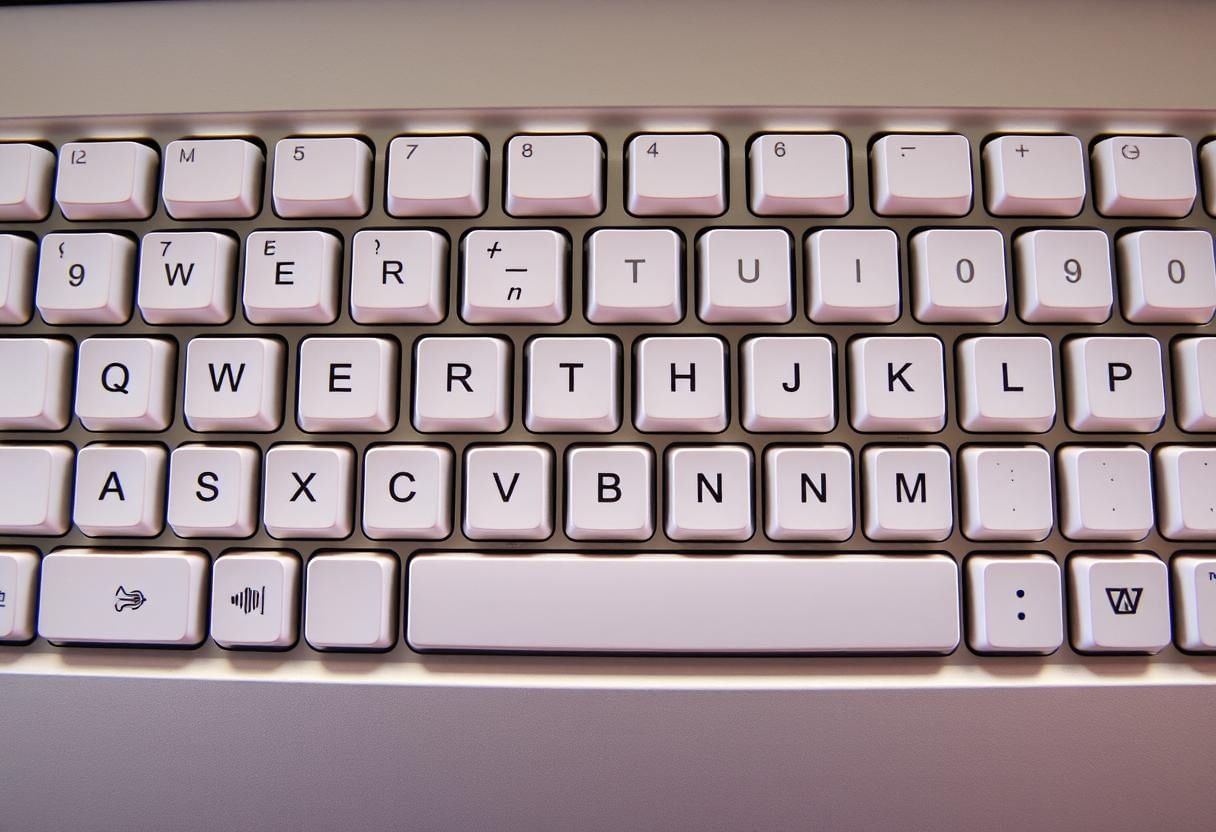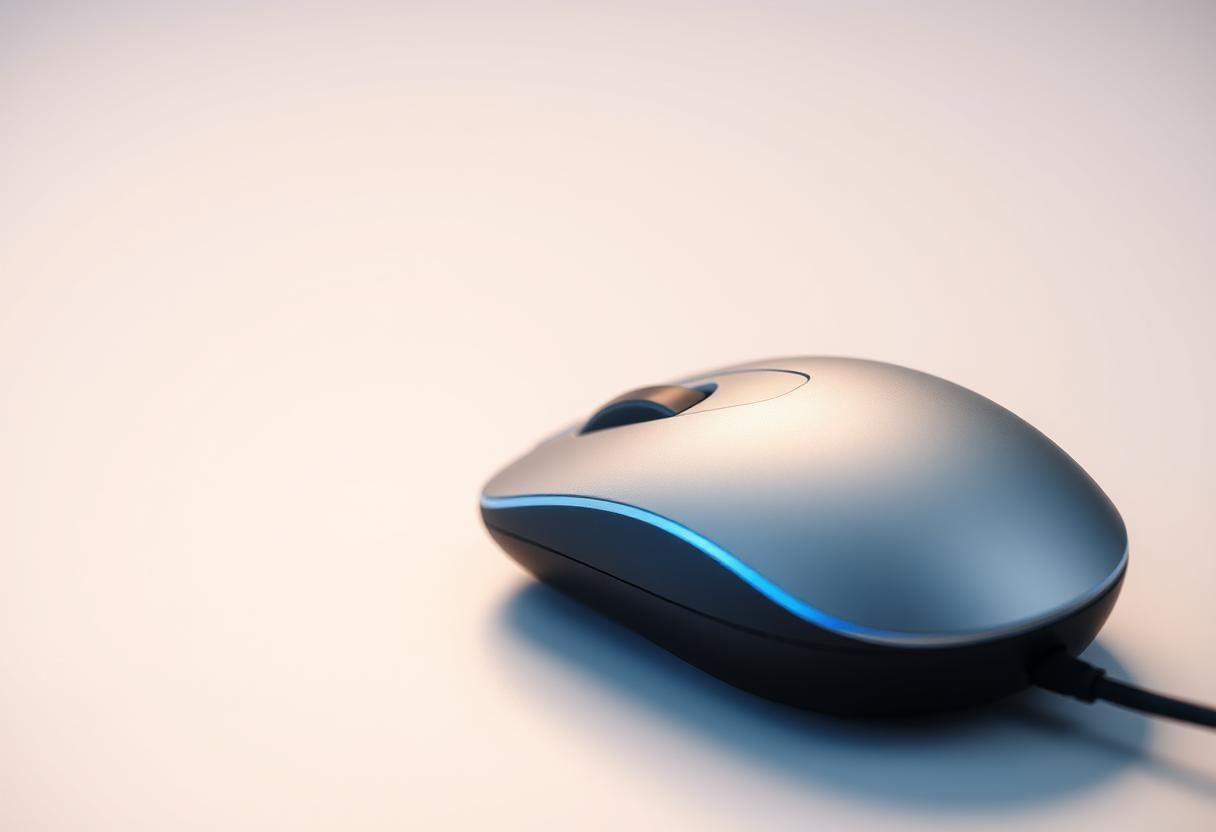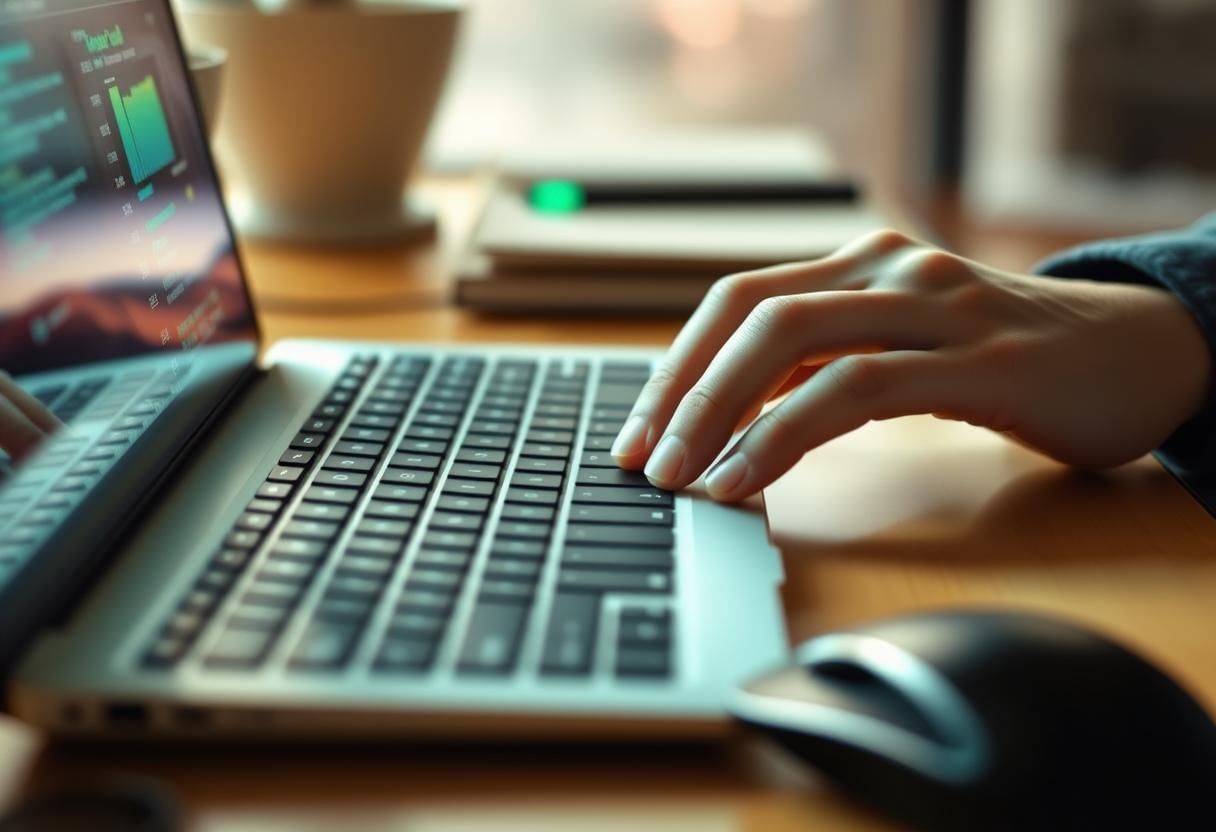The Keyboard and the Mouse | Year 1 Computing IGCSE (Cambridge) PDF Download
1. Identifying Different Keys on the Keyboard
Letters and Numbers
The keyboard consists of several types of keys, each serving a specific function. The most basic and essential keys on a keyboard are the letter keys (A-Z) and number keys (0-9). These are used for typing text, writing documents, and entering numeric data. Keyboard Essentials
Keyboard Essentials
Letter Keys: The letter keys are arranged in alphabetical order from A to Z, and they are used for typing letters and words in documents, emails, and web searches.
Number Keys: The number keys range from 0 to 9 and are used for entering numbers into a computer. These keys are located both at the top of the keyboard (above the letter keys) and in a numeric keypad section (on the right-hand side of some keyboards).
Function Keys
The function keys (F1 through F12) are located at the top of the keyboard and perform special tasks in various software applications. The function of each key may vary depending on the program being used, but they generally provide quick access to specific commands or tools.
Some common uses of function keys include:
- F1: Often used to open the help menu in many applications.
- F2: Used to rename a selected file or folder in Windows.
- F5: Commonly used to refresh a web page in browsers or update the screen in some programs.
- F12: Typically used to open the developer tools or save a document in some applications.
Other Special Keys
Other important keys include:
- Enter/Return: Used to execute a command or start a new line in a document.
- Shift: Used to type capital letters and other alternate characters (e.g., !, @, #).
- Ctrl (Control): Used in combination with other keys for shortcuts (e.g., Ctrl + C for copy).
- Caps Lock: Toggles between uppercase and lowercase letters.
- Spacebar: Used to add spaces between words or characters.
- Backspace: Deletes the character to the left of the cursor.
2. Understanding the Mouse: Left-click, Right-click, and Scrolling
Left-Click
Left-click is the most common mouse action. By pressing the left button on the mouse, users can select items, open files, and interact with elements on the screen. Left-clicking is often used to open programs, select text, and click buttons.
Example: To open a document, you would move the pointer over the document icon and left-click.
Right-Click
Right-click opens a context menu that provides additional options related to the selected item. This menu may include options such as copying, pasting, renaming, or accessing properties of files and folders.
Example: Right-clicking on a file icon provides options such as Open, Rename, Delete, or Properties.
Scrolling
Scrolling is done using the scroll wheel located between the left and right mouse buttons. Scrolling allows users to navigate through long documents, web pages, or lists by moving the screen up or down without having to click.
Scrolling Up and Down: By rotating the scroll wheel upwards or downwards, you can scroll through pages or content in most applications, such as web browsers and document editors.
Scrolling Left and Right: In some programs, you can hold down the Shift key while scrolling to move horizontally across the content.
3. Practicing Typing Skills and Mouse Control
Typing Skills
Developing typing skills is essential for becoming efficient at using a computer. Proper typing involves knowing where each key is located and being able to type quickly and accurately without looking at the keyboard. Digital Engagement
Digital Engagement
Touch Typing: Touch typing is the practice of typing without looking at the keyboard. This skill can improve typing speed and accuracy over time. To improve touch typing, it is essential to position the hands correctly on the keyboard and learn the home row technique.
Key Practice Tips for Typing:
- Proper Finger Placement: Place your fingers on the home row keys (ASDF for the left hand, JKL; for the right hand) and use the appropriate fingers for each key.
- Regular Practice: The more you practice typing, the faster and more accurate you will become. Use typing practice websites or games to help improve your skills.
- Accuracy Over Speed: Focus on accuracy first, and speed will follow naturally with practice.
Mouse Control
Good mouse control is essential for efficiently navigating the screen and interacting with different elements. The mouse pointer should be moved steadily and with precision to select items accurately.
Mouse Practice Tips:
- Pointer Precision: Practice moving the mouse pointer smoothly over the screen and positioning it over small icons or buttons without overshooting.
- Double-Clicking: To open an application or file, practice double-clicking on icons. It requires quick, successive left-clicks.
- Dragging and Dropping: Practice selecting an object, dragging it to a new location, and releasing the mouse button to drop it.
- Right-clicking: Practice using the right-click button to open context menus and select options from them.
--- This HTML structure includes H2 for the chapter title, H3 for main sections, and H4 for subsections. The content is ready for direct use on your blog. Let me know if you need further adjustments!
|
12 docs|6 tests
|
FAQs on The Keyboard and the Mouse - Year 1 Computing IGCSE (Cambridge)
| 1. What are the main functions of a computer keyboard? |  |
| 2. How do I properly maintain my keyboard and mouse? |  |
| 3. What are the differences between mechanical and membrane keyboards? |  |
| 4. How can I improve my typing speed on a keyboard? |  |
| 5. What are some common issues with mice and how can they be fixed? |  |















